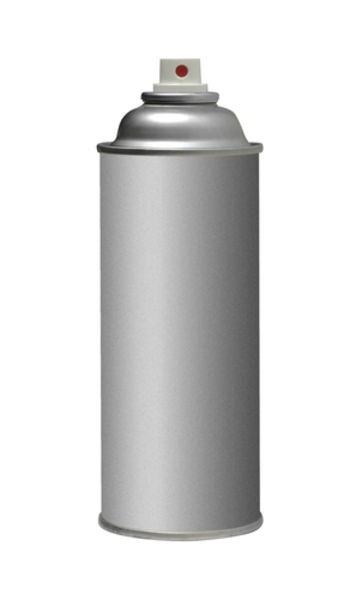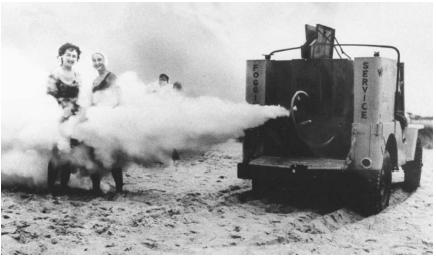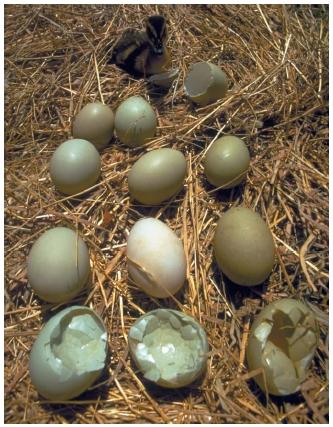DDT (dichlorodiphenyltrichloroethane)

DDT is a synthetic chemical compound once used widely in the United States and throughout the world as a pesticide (a chemical substance used to kill weeds, insects, rodents, or other pests). It is probably best known for its dual nature: although remarkably effective in destroying certain living things that are harmful to plants and animals, it can also be extremely dangerous to humans and the environment.
The abbreviation DDT stands for dichlorodiphenyltrichloroethane. DDT was first produced in the laboratory in 1873. For more than half a century, it was little more than a laboratory curiosity—a complicated synthetic (produced by scientists) compound with no apparent use.
Then, in 1939, Swiss chemist Paul Hermann Müller (1899–1965) discovered that DDT was highly poisonous to insects. The discovery was very important because of its potential for use in killing insects that cause disease and eat agricultural crops. For his work, Müller was awarded the Nobel Prize in medicine in 1948.
DDT as an insecticide
During and after World War II (1939–45), DDT became extremely popular among public health workers, farmers, and foresters. Peak production of the compound reached 386 million pounds (175 million kilograms) globally in 1970. Between 1950 and 1970, 22,204 tons (20,000 metric tons) of DDT was used annually in the former Soviet Union. The greatest use of DDT in the United States occurred in 1959, when 79 million pounds (36 million kilograms) of the chemical were sprayed.
By the early 1970s, however, serious questions were being raised about the environmental effects of DDT. Reports indicated that harmless insects (such as bees), fish, birds, and other animals were being killed or harmed as a result of exposure to DDT. The pesticide was even blamed for the near-extinction of at least one bird, the peregrine falcon. Convinced that the environmental damage from DDT was greater than the compound's possible benefits, the U.S. Environmental Protection Agency banned the use of DDT in the United States in 1973. Its use in certain other countries has continued, however, since some nations face health and environmental problems quite different from those of the United States.
DDT's environmental problems arise because of two important properties: persistence and lipid-solubility. The term persistence refers to the fact that DDT does not break down very easily. Once the pesticide has been used in an area, it is likely to remain there for many years. In addition, DDT does not dissolve in water, although it does dissolve in fatty or oily liquids. (The term lipid-solubility is used because fats and oils are

members of the organic family known as lipids.) Since DDT is not soluble in water, it is not washed away by the rain, adding to its persistence in the environment. But since DDT is lipid-soluble, it tends to concentrate in the body fat of animals. The following sequence of events shows how DDT can become a problem for many animals in a food web.
DDT is used today in such African nations as Zimbabwe and Ethiopia to control mosquitoes and the tsetse fly. These two insects cause serious diseases, such as malaria and sleeping sickness. DDT saves lives when used on the tsetse fly in Lake Kariba in Zimbabwe. But once sprayed on

the lake, DDT does not disappear very quickly. Instead, it is taken up by plants and animals that live in the lake. Studies have shown that the concentration of DDT in the lake itself is only 0.002 parts per billion. But algae in the lake have a concentration of 2.5 parts per million. Other members of the food web also accumulate DDT from the organisms they eat. Fish that feed on the algae have DDT levels of 2 parts per million; tiger-fish and cormorants (both of whom live on the algae-eating fish) have levels of 5 and 10 parts per million, respectively; and crocodiles (who eat both tiger-fish and cormorants) have levels as high as 34 parts per million.
Bans on the use of DDT in the United States and some other nations have given ecosystems in those countries a chance to recover. Populations of peregrine falcons, for example, have begun to stabilize and grow once again. Many other animal species are no longer at risk from DDT. Of course, poor nations continue to face a more difficult choice than does the United States, since they must balance the protection of the health of their human populations against the protection of their natural ecosystems.
In December 2000, in a convention organized by the United Nations Environment Program, 122 nations agreed to a treaty banning twelve very toxic chemicals. Included among the twelve was DDT. However, the treaty allowed the use of DDT to combat malaria until other alternatives become available. Before it can take effect, the treaty must be ratified by 50 of the nations that agreed to it in principle.
Hope to hear from you
dosalajayesh_p@yahoo.com
WHICH ARE THE 122 NATIONS THAT BANNED THE USE OF DDT AS A PESTICIDE?
WHAT ARE SOME OF THE HAZARDS DOES DTT CAUSE TO THE ENVIROMENT?
but more important for me is to learn about its preparation..
I am a college student and it is for educational purposes...
Thank you
-reply asap
-science homework :)
How was DDT found and how ?
and can mix the expired DDT with toilet sludge
Super Article!